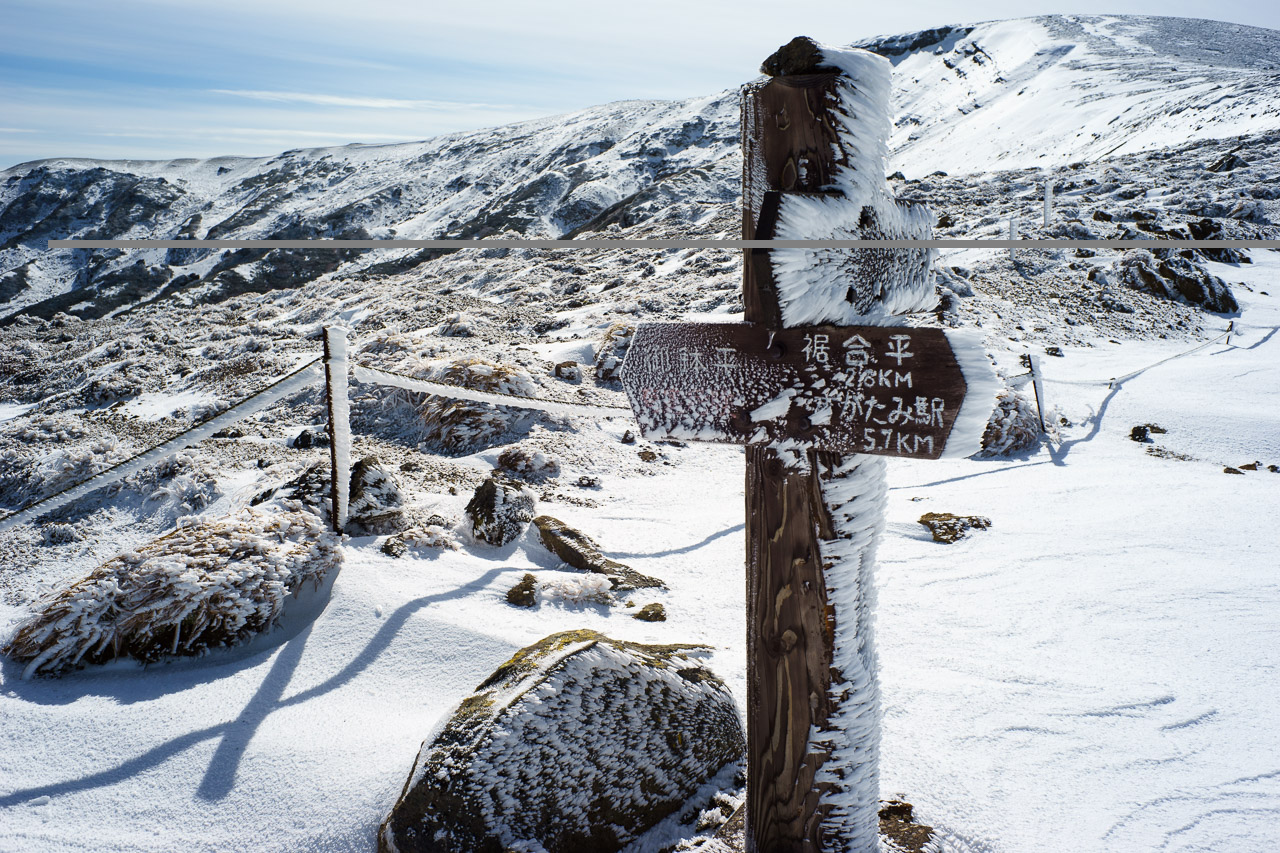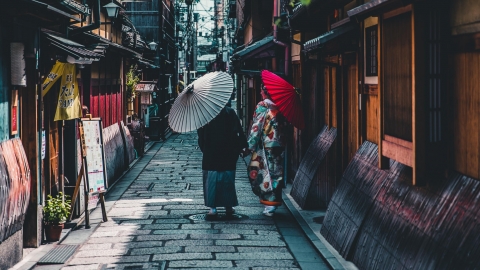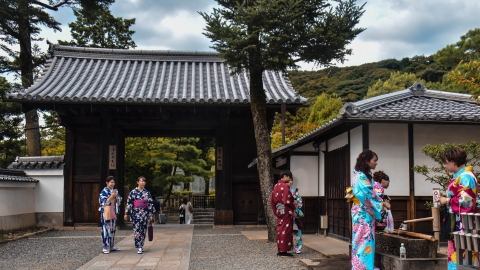As usual, the first snowfalls in Daisetsuzan occurred in September this year and continued until the final thaw in June next year. While the long winter may be bad news for many people here, for some animals, they seem perfectly happy in this frozen world.
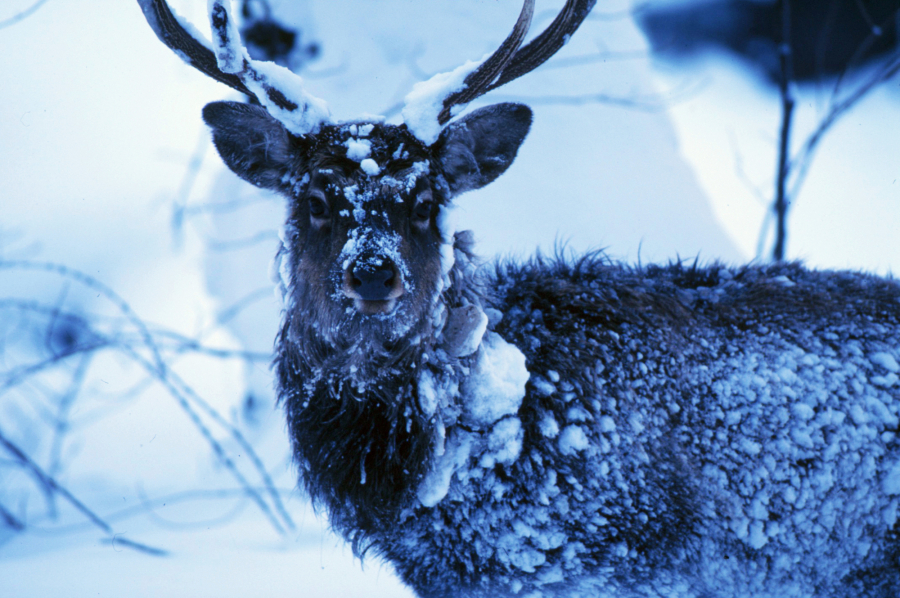
As October approaches, the brilliant autumn leaves begin to fall from the trees. And as the cold air from Siberia rushes in, the landscape changes dramatically. The first snow of the season falls on the mountain peaks, then gradually moves down the slopes until it reaches the bottom. At this point, the entire landscape of Hokkaido is covered in white.
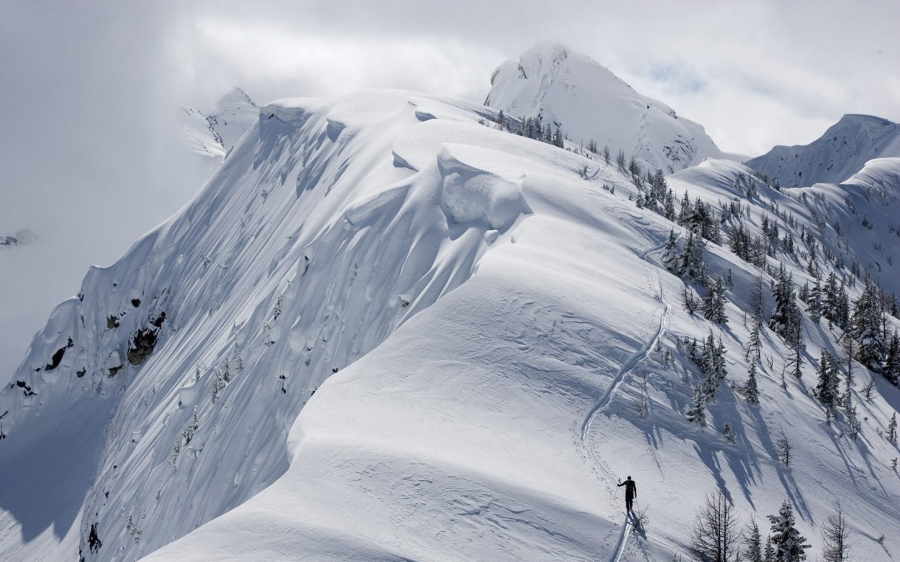
Day by day, the vast forests were covered with sparkling ice crystals. Soon, all signs of human encroachment disappeared from the high mountain ranges. The entire Daisetsuzan range suddenly became a realm of wind and snow.

Known as the giant roof located in the central mountainous area of northern Hokkaido, Daisetsuzan range covers an area of about 230,000 hectares, almost the same size as Kanagawa Prefecture. Daisetsuzan means "snow mountain" and is also the largest national park in Japan. Asahi Peak, 2,290 m high, located in the north of the national park, is the highest point of Hokkaido Island. Daisetsuzan National Park, established in 1934, is one of the oldest national parks in Japan, spanning the Kamikawa and Tokachi districts of Hokkaido. In addition, as the source of the Ishikari River, Daisetsuzan range is highly revered by the indigenous Ainu people and is called Kamui Min-tara, meaning "garden of the gods".
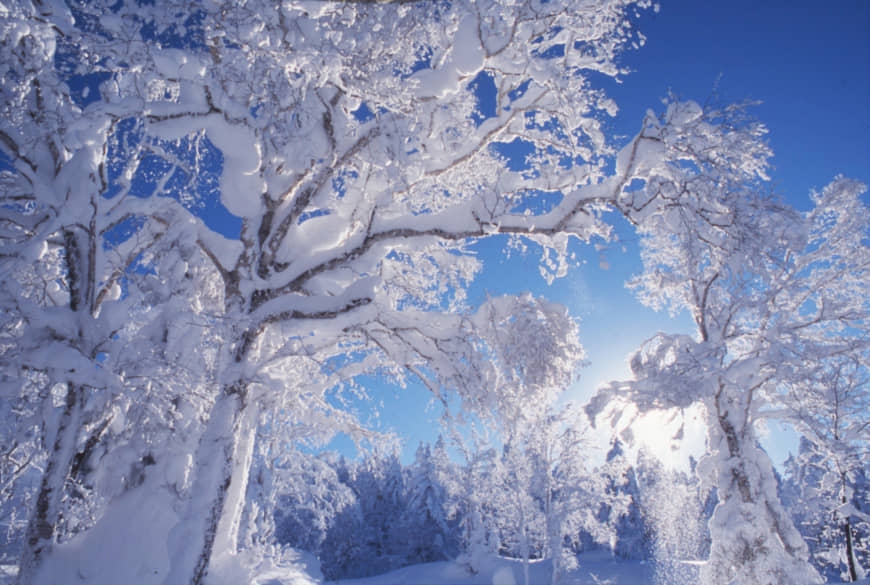
Temperatures on the Daisetsuzan mountain range can drop to minus 25 degrees.oC, so cold that it freezes your breath and frost forms on your eyelids. There are times when the snow is waist-deep, so people always have to wear anti-slip equipment and move carefully with every step. The record thickness of snow here is up to 5 m.
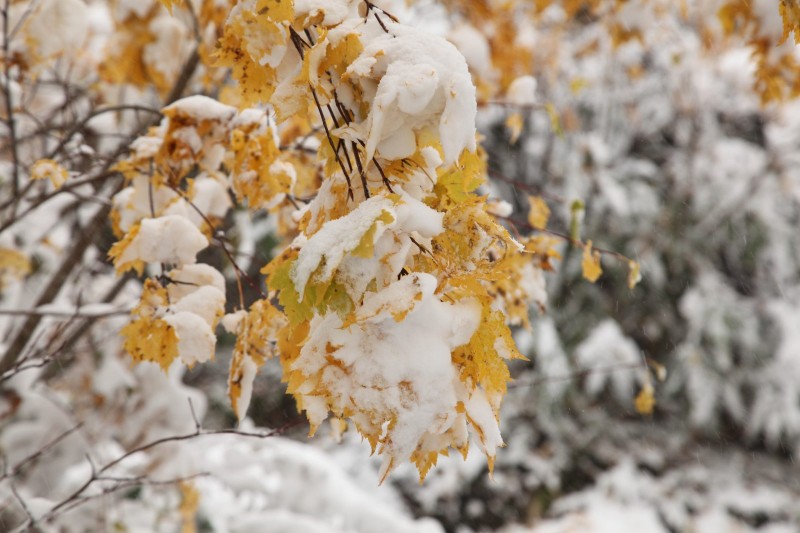
But ignoring the harshness, when the sun began to shine through the treetops, the green light would reflect onto the ground, turning the white snow into a coral-like color. Somewhere in the snow-filled space, a shrill cry suddenly rang out. It was a Hokkaido red squirrel jumping on the branches, causing ice to fall onto the forest floor. One - two - three, like a domino effect, snow from the surrounding branches also began to fall like icy rain, forming a crystal curtain that sparkled under the sunlight. Just standing still in this space for a while, you could feel your limbs becoming numb, but at the same time, you could hardly take your eyes off the small animals lurking in the forest.

Leaving the trees to enter the snowy fields, you will see the tracks of hares through the footprints. Especially in January and February, the coldest time of the year in Daisetsuzan, is the time when brown bears hibernate to prepare for the new birth season. It can be said that although the white snow covers the area all year round, strong signs of life still creep here every day.





